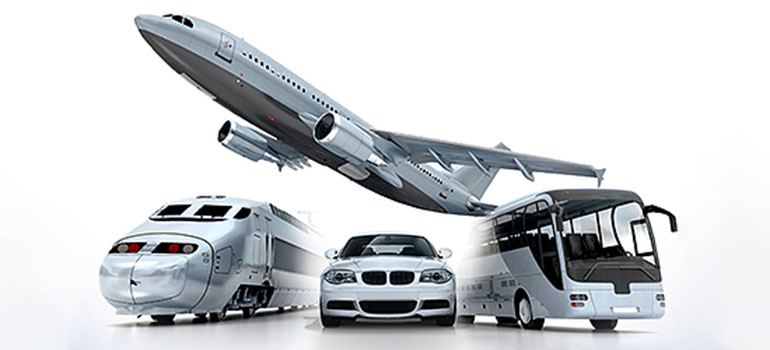In the realm of transportation, ensuring the well-being of passengers and cargo is of paramount importance. Two key concepts that often come into play are safety and security. While these terms may seem interchangeable at first glance, they possess distinct meanings and implications. In this blog post, we will delve into the nuances of safety and security in transportation, exploring their differences, similarities, and the crucial role they play in maintaining a reliable and protected transportation system.
- Defining Safety and Security:
Safety: Safety in transportation refers to the measures and protocols put in place to prevent accidents, injuries, and fatalities. It encompasses various aspects such as vehicle design, infrastructure maintenance, driver training, and adherence to traffic regulations. Safety measures aim to minimize risks and ensure the smooth and efficient flow of transportation systems.
Security: On the other hand, security in transportation primarily focuses on protecting against intentional harm, threats, and acts of terrorism. It involves safeguarding passengers, cargo, and infrastructure from potential dangers such as theft, vandalism, hijacking, or sabotage. Security measures are designed to identify and mitigate risks, deter potential threats, and respond effectively to any security breaches.
- Key Differences:
Scope: Safety measures in transportation are generally broader in scope, encompassing a wide range of factors that contribute to accident prevention and risk reduction. Security measures, on the other hand, tend to be more specific and targeted, addressing deliberate acts of harm or disruption.
Intent: Safety measures primarily aim to protect against unintentional incidents, focusing on minimizing risks and ensuring the well-being of individuals and property. Security measures, however, are implemented to counter intentional acts of harm or threats, with the goal of maintaining the integrity and continuity of transportation systems.
Response: In the event of a safety concern, the response is typically focused on immediate assistance, medical aid, and accident investigation. Security incidents, on the other hand, require a different response approach, involving law enforcement, intelligence gathering, and potential legal proceedings.
- Interplay and Synergy:
While safety and security have distinct objectives, they are interconnected and mutually reinforcing in transportation systems. A strong safety culture can contribute to enhanced security by promoting awareness, vigilance, and adherence to protocols. Likewise, robust security measures can indirectly enhance safety by deterring potential criminal activities that may pose safety risks. - Challenges and Future Considerations:
As transportation systems continue to evolve, new challenges emerge in ensuring both safety and security. Technological advancements, such as autonomous vehicles and digital infrastructure, introduce new vulnerabilities that require innovative solutions. Striking the right balance between safety and security measures is crucial to avoid compromising one aspect while prioritizing the other.
Conclusion:
In conclusion, safety and security are distinct yet interrelated concepts in transportation. While safety focuses on accident prevention and risk reduction, security aims to protect against intentional harm and threats. Both are essential for maintaining a reliable and protected transportation system. By understanding their differences and fostering a comprehensive approach, transportation stakeholders can ensure the well-being of passengers, protect valuable cargo, and uphold the integrity of transportation networks in an ever-changing world.









+ There are no comments
Add yours